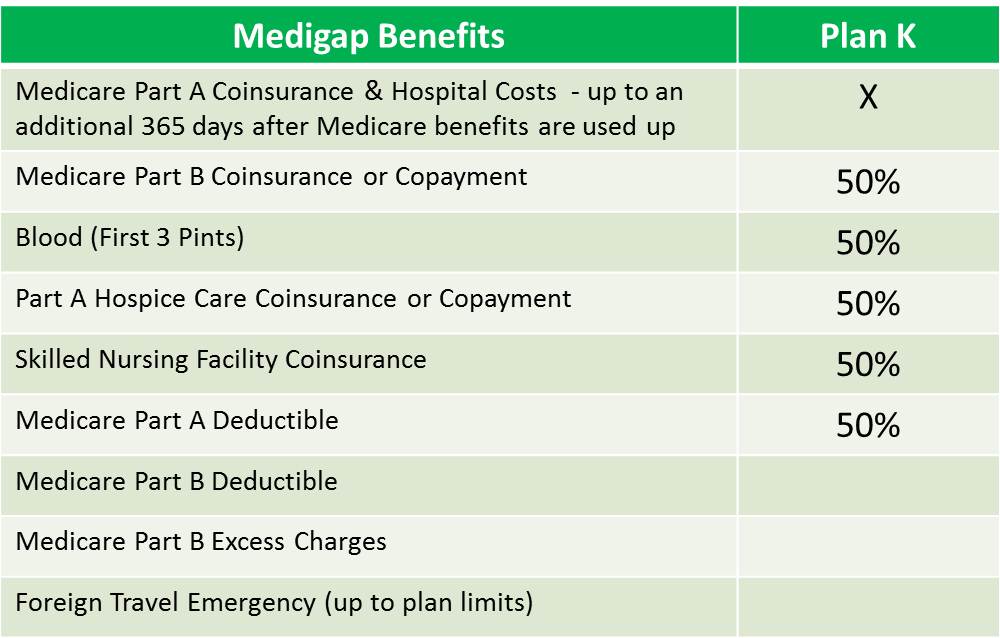As we navigate the complexities of healthcare and retirement planning, one question looms large: “How long will Medicare last?” This vital program, providing essential medical coverage for millions of Americans, has been the subject of countless debates and projections. In this comprehensive article, we’ll delve into the latest projections, shed light on the challenges Medicare faces, and offer insights to help you better understand its longevity.
The Medicare Trustees’ Report: A Sobering Outlook
The Medicare Trustees’ Report, released annually, serves as a crucial barometer for the program’s financial health. According to the most recent report, the outlook for Medicare’s Hospital Insurance Trust Fund (Part A) is a cause for concern. The trustees project that this fund, which covers inpatient hospital stays, skilled nursing facilities, hospice care, and some home health services, will be depleted by 2031.
This means that after 2031, the Part A program will not have sufficient funds to pay out full benefits. However, it’s important to note that even after this depletion date, incoming payroll taxes and other revenue sources will still cover approximately 90% of the costs associated with Part A benefits.
The Driving Forces Behind Medicare’s Challenges
Several factors contribute to the financial strain on Medicare, with demographic shifts playing a significant role. As the baby boomer generation ages and life expectancy increases, the number of Medicare beneficiaries is growing rapidly. Simultaneously, the ratio of workers contributing payroll taxes to support the program is declining, creating an imbalance between Medicare’s income and expenditures.
Additionally, the ever-rising costs of healthcare services and technological advancements further exacerbate the financial burden on the program. While Medicare has outperformed private health insurance in controlling cost growth, the overall trend of increasing healthcare expenses remains a persistent challenge.
Addressing Medicare’s Financial Challenges
To ensure Medicare’s long-term sustainability, policymakers will need to consider a range of potential solutions. These could include:
-
Increasing Payroll Taxes: The Medicare trustees suggest that raising the standard payroll tax rate from the current 2.9% to 3.52% could be sufficient to cover the projected shortfalls over the next 75 years.
-
Reducing Expenditures: Another option proposed by the trustees is an immediate 13% reduction in Medicare benefits. However, such a drastic cut is unlikely to gain widespread support.
-
A Combination Approach: A more pragmatic solution may involve a balanced approach, combining moderate payroll tax increases with targeted cost-saving measures and efficiency improvements within the healthcare system.
President Joe Biden’s recent budget proposal also aims to address Medicare’s financial challenges. The centerpiece of his plan is a Medicare payroll tax increase for individuals earning over $400,000 annually, introducing a new tax rate of 5% on income above this threshold.
The Importance of Long-Term Care Planning
While Medicare provides crucial health coverage for those aged 65 and older, it’s important to recognize its limitations. One area where Medicare falls short is in covering long-term care costs. According to statistics, approximately 70% of individuals aged 65 and above will require some form of long-term care during their lifetime.
Long-term care services, such as nursing home care or in-home assistance, can quickly become a significant financial burden. To address this gap, individuals may need to explore additional options, such as long-term care insurance or personal savings and investments dedicated to covering potential long-term care expenses.
Conclusion
The future of Medicare is a complex and multifaceted issue, with no easy solutions. While the program faces challenges, it is important to dispel the notion that Medicare is “bankrupt” or on the verge of collapse. Even after the projected depletion of the Part A Trust Fund in 2031, Medicare will continue to provide a significant portion of its promised benefits.
However, proactive measures are necessary to ensure the program’s long-term sustainability and to address the growing demand for healthcare services driven by an aging population. By staying informed, planning ahead, and engaging in constructive dialogue, we can work towards securing a robust and reliable Medicare system for generations to come.
When Does My Medicare Coverage Start? [Ask Andy]
FAQ
What happens when Medicare runs out of money?
How long is Medicare expected to last?
Will Medicare exist in 20 years?
What would happen if Medicare ended?

